Reading & Writing Chinese: Third Edition: Third Edition, HSK All Levels (2,349 Chinese Characters and 5,000+ Compounds)
£13.20£14.40 (-8%)
For more than three decades, students and teachers of Chinese have used this guide as a standard. Why? Because via cleverly-condensed grids, it places at your fingertips the essential 1,725 characters’ up-to-date definitions, derivations, pronunciations, and examples of correct usage. These characters are the ones officially prescribed by the Chinese government for the internationally recognized test of proficiency in Chinese, the Hanyu Shuiping Kaoshi (HSK). Key features of this newly-expanded edition include: More mnemonic phrases and etymologies to help you remember the characters. Completely updated/expanded English definitions. Updated and revised compounds, plus 25% more vocabulary now offered. Coded to assist those who are preparing for the AP exam or the HSK exam. Traditional characters (still used in Taiwan and Hong Kong) are also included, making this a complete reference. Convenient quick-reference tables of radicals are included too, along with an extensive introduction, alphabetical index, and index according to stroke count and stroke order.
Read more
Additional information
| Publisher | 3rd Revised edition (15 Sept. 2013), Tuttle Publishing |
|---|---|
| Language | English |
| Paperback | 352 pages |
| ISBN-10 | 080484299X |
| ISBN-13 | 978-0804842990 |
| Dimensions | 15.24 x 2.29 x 22.86 cm |

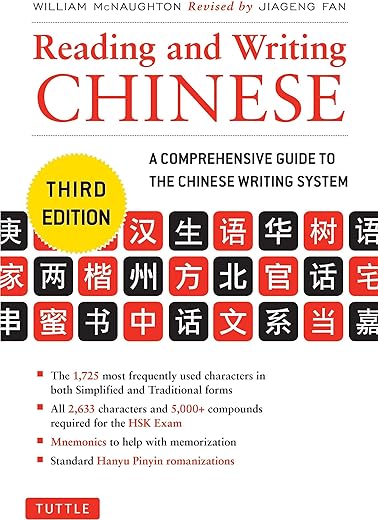
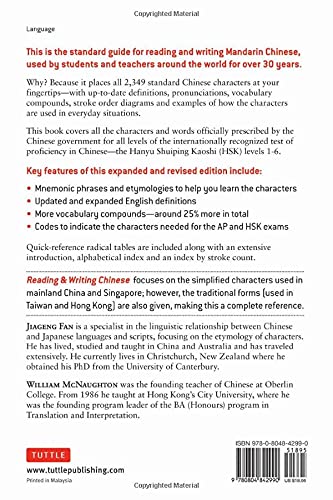
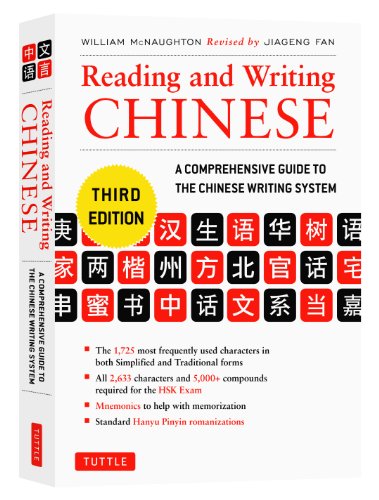

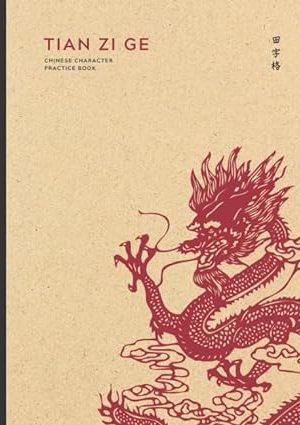
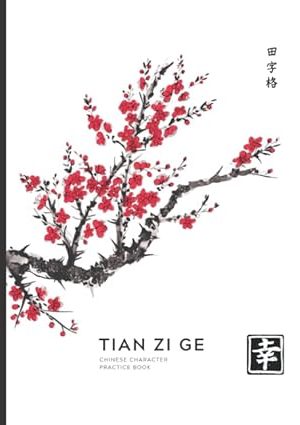
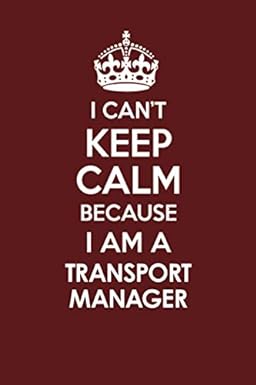


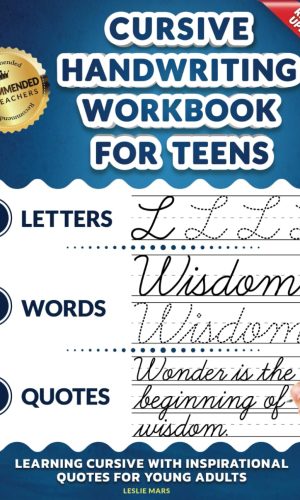

by Cambridge Don
I have several books aimed at learning Chinese characters. These are Alan Hoenig’s two books which use his own amusing mnemonics. One book is for traditional characters though I personally find the text is too small to use comfortably. The other is for simplified characters, which I would not personally recommend before knowing the traditional ones.
Likewise, it turns out that RWC uses traditional for the first two editions and then, for this new third edition, uses simplified characters. Again, I was a bit disappointed that this wasn’t clearer from the book details, my aim is to learn traditional characters.
Looking more closely though, I am less put off with this new edition for these reasons:
1. There are actually relatively few characters which have been ‘simplified’. I judge this from the small traditional character which is noted alongside the larger main simplified version. This trad character is a bit small to use on it’s own (you would need another source to be sure of the strokes used) but the average of 1 or 2 per ten characters (a double page worth) is small enough to live with. The same conclusion comes from looking at the second edition, trad book and seeing how many simplified characters are given. Again, not that many.
2. The additional vocabulary has been modernised and one could usefully use it as review material or even first time through. The total vocab in the book is about 5,000 words made from about 2000 characters, possibly more but substantial in any case.
3. The text in both editions is very clear are useable, both the characters, explanatory English text and additional vocabulary.
4. The character order is somewhat different though the method of building on characters already given is maintained. It’s interesting to dip into and use as a test against the second edition.
The only thing I miss in this new edition is the brush-like font. This edition uses rather pointy, almost computer generated script which, though clearly readable, is not as pretty.
Compared with Alan Koenig’s books, I have to say McNaughton’s work remains preferable. He uses mnemonics but usually with reference to the historical roots and development of each character, very interesting in itself. Koenig’s mnemonics are fun but rather his own idiosyncratic ideas. They work but the extra info in McNaughton would be of interest to many wishing to engage with Chinese culture.
Koenig’s traditional book is uses fonts which are really too small for prolonged use, a pity given his obvious and infectious enthusiasm. I hope he addresses this sometime.
To summarise then, I personally wish to learn traditional characters. There are many issues around simplified characters which, as a non-Chinese, I don’t want to get involved with. With that aim, I have found both the second and third McNaughton editions to be the best resource. The characters and text are clear, including the extra vocabulary which is up to date and useful.
I would recommend getting them both, that is the second and third editions of McNaughton, using the second for the traditional script and the third as a further reference and reinforcement. If you had to get just one, it would still be the second edition for traditional characters.
For issues around the simplification of Chinese characters, you might read this article:
http://en.wikipedia.org/wiki/Debate_on_traditional_and_simplified_Chinese_characters
by Eenymo
Brilliant book, im teaching myself Chinese and would find it very hard without this, I use it constantly. Every time I come across a new word I use this book instead of the dictionary to look it up (you can use it as a dictionary too by looking up the pinyin in the index at the back then finding the character by its number, theyre all listed in a numerical system). Then I use the book to show me how to write the character, and it also gives you a few words/phrases which use that newly learned word, so you can start to build up your vocabulary and piece things together in your mind about how the language works. Another thing I use this book for is to actually see the characters more clearly and check I have the right one sometimes. Anyone who’s ever looked at any Chinese words in books etc will know sometimes, esp with the more intricate ones, it can be very difficult to see what they actually are with all the small lines etc. So by finding a character in this book I can actually see it bigger (theyre each about the size of the top part of your thumb) to look at it in more detail. So its a multipurpose book for me! Brilliant learning tool,i’d highly recommend it to anyone learning to read and write chinese. Im an absolute beginner, have been learning for about a month now and am starting to use it more and more as I get into the language and get in about it all.
by Kindle Customer
I’m learning Mandarin voluntarily, entirely by self-study, but I’m quite serious about it. For reference: I’m barely at HSK 1 after several months, and having started with zero knowledge of this language. Here’s what I’m finding: you MUST form a mental association with each and every symbol, or your brain won’t retain it. So don’t expect grinding flashcards to help (and I’m a big flashcard fan). The far more effective tool is reviewing an ever growing list of practice sentences that you copy down from whatever study tool you’re using (the Hello Chinese app is a life saver here). By reading through sentences over and over, your mind has to try to work out the logical choice for the word using context, and that’s much more helpful than just seeing some random symbol. PATIENCE is VITAL. The sooner you accept that this is one of the hardest languages for English speakers to learn, and that’s there’s no getting around the fact that it will take MANY YEARS to conquer, the happier you’ll be (and I say that as an extremely driven person who likes to do things with dispatch). Now that I’ve arrived at the HSK 1-ish level, I’ve found a new tactic is needed: I must start dissecting each and every symbol, breaking it down into it’s components, so I have a chance at remembering it. It’s a ton of work, and immensely tedious, but there’s simply no other way. If you don’t start seeing the “pictures within pictures” of each symbol, you’ll soon hit a numb out point and not be able to absorb anything more.
To start dissecting symbols, you need to get more into the “radicals” that everyone goes on about–a base list of 214 little symbols, one of which is supposed to be showing up in every Mandarin character. I got this book hoping for help with the character dissection. SHOCKINGLY, he doesn’t bother to tell you the radical for each word, which honestly blows my mind given the immense effort he put into trying to help English speakers with this language. He does offer some ideas of how to think of the characters (“this one looks like a bow for arrows”)…but he totally bypasses on the opportunity to explain some very clear concept combinations that would be enormously helpful. Another very disturbing obstacle I’ve come across is that people can’t seem to agree on not only the meaning of a radical, but also which radical a word should be assigned. I have only just started my in-depth character dissection, and have already come up with better insights than this book or my other resources offer. I say that not to boast, but to express my honest disappointment that a total newbie like me is able to see obvious concept combinations that seasoned teachers have seemed to miss. How is that even possible?? So that said, why buy this book? Well, his definitions are helpful, although limited, and some of his comments about the historical evolution of characters are helpful. But as far as character dissection goes, I’ve honestly found this to be a huge disappointment. That said, I think it’s a needed addition to your bookshelf because it will often have more helpful information in it than the kind of dictionary you’re going to buy early on. Plus it’s larger than those pocket dictionaries, which are a bit tricky to read at times.
If you’re new, and find this review discouraging, DON’T. You CAN learn Mandarin. You just need to pace yourself. You also need to have the confidence to see meanings in the words that other “experts” are missing. My background is studying Romance languages (Latin, Spanish). I’ve never seen a language so badly taught as Mandarin, and by that I mean it’s quite tricky to find decent instruction that doesn’t just leave you totally frustrated. From what I’ve read, even in China they do a pretty miserable job of teaching the grammar to each other, but “A Practical Chinese Grammar” by Hung-nin Samuel Cheung is my lifeline there.
At this point, I’m essentially building my own Mandarin dictionary in Excel, adding words as I come across them. It’s a lot of work, but I honestly don’t see another way. Dissecting a word is making it instantly memorable, so it’s well worth it. If you just try to get by with a dictionary, you’re overwhelmed, plus nothing out there will dissect the words as well as you can on your own. Bottom line: get this book, put it on your shelf, and ignore it until you reach a point where you are ready to dig more into the words. That’s when this book becomes helpful. Here’s my pros and cons list:
PROS:
* A generous list of what’s supposed to be 1.725 most frequently used characters. It claims to be able to prep you for HSK 1-6 exams.
* Some notation of traditional characters when they differ from the Simplified in big ways.
* Some occasional helpful historical comments (always very brief) to help you gain some insights into why the shapes look the way they do
* Stroke order drawn out for every character (this is one of the books biggest strengths, which will really be useful to those who want to learn to write)
* A list of the radicals (Simplified, then Traditional) in the front and back cover of the books
* Two different indexes in the back for looking words up: pinyin, stroke order.
* An very detailed preface section which you MUST read to make sense out of the entries
* Codes that indicate which HSK level a word is associated with, and how frequent it is considered to be (you learn about these codes from the preface)
* A book that is decent in size with out being cumbersome, and this allows for seeing complex characters clearly and without eye strain
* For newbies, stroke order indexes are pretty useless, so it’s great that this book also has pinyin.
* Helpful notes about characters which are easily to confuse with each other.
* Several references to supplementary books that the author relied on, which is nice for those of us who want some suggestions of more study materials.
CONS:
* The radical lists mentioned above provide character, meaning, and page number, but not the pinyin, which is quite aggravating to me. Why couldn’t he just write in the pinyin??
* The page numbering system is the most complicated I’ve ever seen in a book. Rather than just send you to the appropriate page, he individually numbers a ton of characters that he considers more important in the front part of the book. So on one page, there could be 5 characters, each assigned it’s own entry number. For those “front section” characters, you have to look them up by their entry number, not their page number (so entries 1-5 would all be on page 1…so why not just say page 1??). Then, towards the end of the book, he tosses in a bunch of “other characters” that he considers less important. Instead of continuing his “each character gets an entry number” system, he then flips to the normal system of just using page numbers. The result is many characters having the same number in the index…only in one case “213” refers to an entry number, which is actually on page 43 of the book (since each page covers about 5 entries). Another “213” refers to the actual page 213. SO confusing. No idea why he did it like this. He then uses italics to identify entry numbers from page numbers (because if you want the actual page 213 you need to go further back in the book than if you’re trying to find character #213). When he’s just offering a page number in the index, he also gives you a column “a” or “b”… meaning “right” vs. “left” which is totally unnecessary because it’s quite easy to find the character you’re looking for once you reach the right page. Then he also adds miniature superscript numbers to some page numbers in the index… Suffice to say this man is extremely detailed and obviously adores his lists (I’m a list lover too, but there’s such a thing as overdoing it). The problem is that as the user, you have to try to remember what all of his italics and superscripts and As and Bs mean when all you want to do is be told which page number to flip to. He really should have stuck with a single system of reference.
* I do find it frustrating that the whole book wasn’t just organised in pinyin order, because that would be quite appropriate given the target audience, plus it would save a TON of time and eliminate having to deal with that tiresome index with the complicated reference system…but instead, the characters are presented in a seemingly random order, so you must use the index.